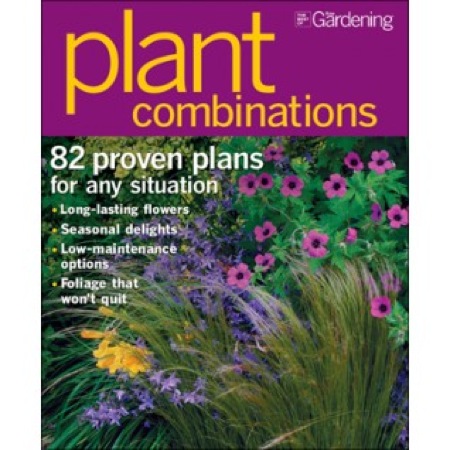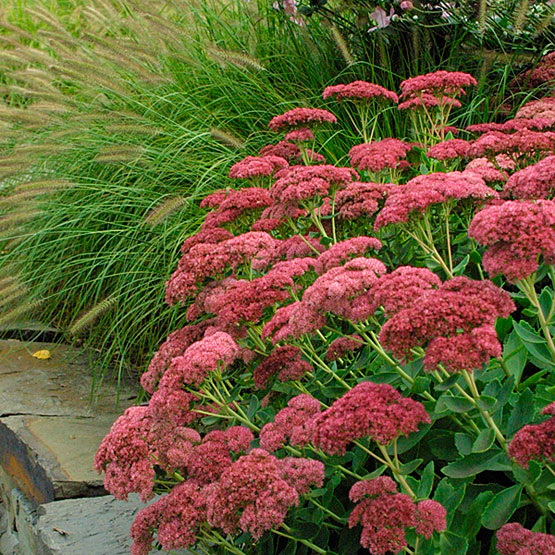I come from a long line of ink-stained wretches so it should come as no surprise that I love magazines and newspapers—the kind you can hold and fold and read at the beach without some sort of specialized case (and trust me, I’m a gadget girl too. I haven’t met a product that Steve Jobs had a hand in that I haven’t loved). I love reading magazines and newspapers, studying them and I even like recycling them (either to other people or in the recycling bin). I subscribe to several magazines and will keep a handful of most of them when there is a particularly good issue. But two magazines, House Beautiful and Fine Gardening, are never tossed. House Beautiful magazines usually go to our collection at work, which we use for graphic design inspiration from time to time, but the Fine Gardenings are all mine.
The stack of Fine Gardening magazines in my hallway closet is part of my finely tuned system of getting through the long Wisconsin winter. It is my main source of garden design inspiration.
That’s also why I like the special issues Fine Gardening puts out. I have at least 10 of them in my collection and I like referring back to them when I’m looking for something special, such as containing gardening ideas or plants for the shady spots in my garden.

So I was happy to have the opportunity to review their most recent special issue “Plant Combinations,” which gives readers a handbook on plant pairings in their gardens. I just wrote about some of the plant combinations I’m happy with in my own garden, but the key to a garden you love is really having everything work well with each other.
Frequent readers of the magazine know that Fine Gardening ends each regular issue with a photo of a great plant combination; this special publication takes that concept to a full 99 pages.
What I particularly like is that the editors focused on featuring very common plants that work in a wide range of zones. Nothing is more frustrating than seeing a plant in a magazine that you absolutely have to have and can’t find anywhere. They also break then down into different light categories which is really helpful if you’re looking for something for a specific spot in the garden.
One of my favorite combinations in the magazine is one featuring ‘Autumn Joy’ sedum, a fountain grass and ‘Alice’ Japanese anemone. Not only does it look fantastic, but it might be the most maintenance free plant combination known to man.

“Plant Combinations” is already well worn with several pages turned over. Filled with classic stand-by plants that should be easy to find (many even in my own garden) I’m sure it will serve me well for years to come.
What would you like to know?
Categories Here
Ads Here
Ads Here